From Full-Managed to Semi-Managed Models and Beyond
Introduction
After the re-election of the former president, it is highly likely that the restrictions on cross-border e-commerce—initiated by the previous administration—will be further intensified. Chinese cross-border e-commerce platforms have already anticipated this change. Earlier this year, many platforms began viewing the semi-managed model as the most effective countermeasure: merchants ship goods in bulk to the United States, where clearance and warehousing are handled locally, while the platform takes responsibility for pricing and sales.
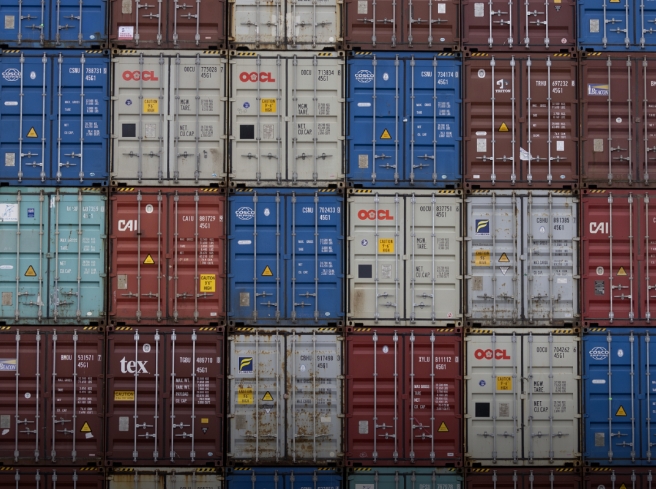
Aggressive Transformation of the Platform
One of the most radical transformations comes from a leading cross-border platform. Over the past ten months, several mid-level executives organized teams and built a recruitment group of nearly one thousand members with the goal of doubling the number of products available this year. They set an aggressive target for the semi-managed model—envisioning a gross merchandise volume (GMV) of US$20 billion in 2024, which would account for one-third of the overall target. However, by October, in the two major Western markets, the number of recruited merchants and products for the semi-managed channel had not met the original objectives; the platform has officially denied these figures.
Adjustments and Shifting Strategies
In response, the platform has adjusted its approach multiple times. By late October, almost all the employees involved in recruiting for the semi-managed business were reassigned to category operations; some even reverted to the original full-managed model. The platform is also preparing to build pre-positioned overseas warehouses to stock popular items.
Originally, the platform operated entirely under a full-managed model—merchants would deliver goods to domestic warehouses, and the platform would manage pricing, sales, and shipping via postal parcels directly to consumers abroad. Now, they have added a more localized semi-managed model and are considering launching a third-party platform mode similar to popular domestic marketplaces, where merchants choose products, set their own prices, open their own shops, and ship products overseas while the platform collects a commission. If this new mode is implemented, the platform will operate using full-managed, semi-managed, and third-party models simultaneously—a strategy already adopted by other major players.
Challenges and Shifts in Merchant Recruitment
The platform’s explosive growth since its launch in September 2022 was driven not only by the full-managed model, which transformed cross-border e-commerce into a low-threshold business, but also by China’s mature supply chain capacity and exceptionally efficient organizational prowess. However, as it moves past its initial rapid growth phase and ventures into more complex overseas markets, the platform must localize its operations further. It now faces a broader range of stakeholders and heightened challenges. The previous advantages are being challenged, and pursuing a single objective is no longer feasible.
After launching the semi-managed model in March, the platform shifted its main focus to it. Internal expectations were sky-high—“success is the only option.” Expanding merchant supply became the top priority, with an emphasis on two types of merchants:
- Those representing Chinese sellers already active on major Western platforms with established logistics and supply chain foundations;
- Domestic merchants from industrial clusters who have excelled under the full-managed model and are expected to build local warehouses in overseas markets.
To secure enough merchant supply, the platform maintained its competitive recruitment mechanism. Multiple recruitment groups were organized without category restrictions, and recruitment teams were reinforced by shifting in-platform traffic and reassigning many full-managed employees to support the semi-managed expansion.

Policy Adjustments and Operational Realities
In September, the recruitment team for the semi-managed model was relocated from one major city to another that boasts the largest concentration of overseas sellers. According to industry insiders, the platform’s recruitment team has contacted over half of all eligible overseas merchants—even repeatedly—with several employees targeting the same merchant simultaneously.
Some merchants have already started to experiment. The platform offers assistance in handling excess inventory at fees lower than those charged by traditional giants, thereby providing a fast-growing new channel where merchants benefit from increased traffic and avoid the fierce price competition of the full-managed mode, thus securing higher profits.
Initially, the platform applied pricing rules for semi-managed products that quoted prices at 80%–85% of those on leading competitors, giving consumers the impression of “the same products at lower prices.” This led to a surge in orders. However, since the third quarter, many semi-managed merchants have found that the platform now enforces pricing rules similar to those of the full-managed model. Under the new rules, product prices must be lower than those of comparable items platform-wide; otherwise, products risk being taken down. As a result, many product prices have dropped to as low as 65%–70% of their previous levels.
The increased costs of cross-continental shipping, warehousing, outbound logistics, and domestic transportation mean that semi-managed merchants face significantly higher expenses than those in the full-managed mode. Additionally, many industrial merchants without international trade experience are required to set up local warehouses overseas, a process that remains overly complex despite the platform’s attempts to provide guidance through recruitment and training sessions. Several merchants have reported communication difficulties with the platform’s recruitment or operations teams, in contrast to the detailed onboarding and training provided by some established competitors.
Evolving Support and Operational Adjustments
The platform has made further adjustments to support its merchants. After strategic changes in late October, recruitment and operations teams began actively contacting merchants to help resolve issues, offer product selection advice, and provide additional support. Notifications have been sent to allow previously de-listed products—which had failed to meet stringent low-price requirements—to be re-listed.
Following the domestic experience of similar high-growth platforms, the platform has taken a strong interventionist approach: standing on the side of consumers by leveraging concentrated demand to drive merchants and upstream supply chains, thereby offering the most competitively priced products.
The full-managed model, which minimized barriers to export by handling warehousing, logistics, and operations, succeeded in rapidly propelling early growth. However, its limitations are now evident: it is mainly suited to small, lightweight products with limited categories, and shipping times from China are slower compared to local delivery. For larger items, or products that require pre-stocking due to regulatory or licensing issues, the full-managed model becomes unviable.
In contrast, the semi-managed mode requires merchants to pre-deliver goods overseas for customs clearance and warehousing, thereby avoiding the impact of current restrictions on small parcels. This shift is also changing the power balance between the platform and its merchants.
Platform Incentives and Future Outlook
Under the semi-managed model, the platform seeks to recruit merchants who are capable of resolving the challenges of international shipping. Priority is given to those merchants who have grown from humble beginnings to develop strong logistics and supply chain capabilities and who are gradually establishing their own brands. These merchants, though fewer in number than generic producers, stand to gain higher margins in overseas markets and maintain more autonomy in setting platform rules.
Compared to the full-managed mode, the semi-managed approach has relaxed many requirements. Deposits have been lowered, shipping subsidies provided, and penalty rules modified. For example, where previously all quality issues were penalized at five times the product cost without any recourse, a new rating system now exempts top-rated stores from penalties and only imposes a fivefold penalty on those below a certain threshold.
Industry observers note that the immediate task for the semi-managed model is to retain existing merchants and ensure they remain profitable. In the short term, the platform is expected to relax its requirements and increase support; long-term efforts will focus on continuously transforming the supply chain. From full-managed to semi-managed, and possibly to a future third-party platform mode, the platform’s ongoing adjustments and reduced control over the process will ultimately be dictated by supply-demand dynamics and the prevailing policy environment.
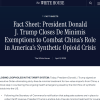


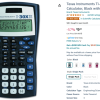
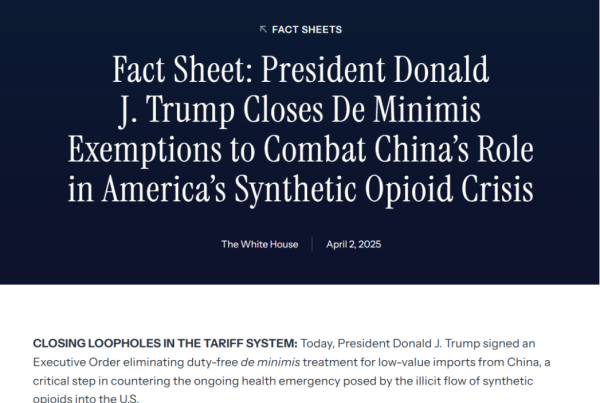

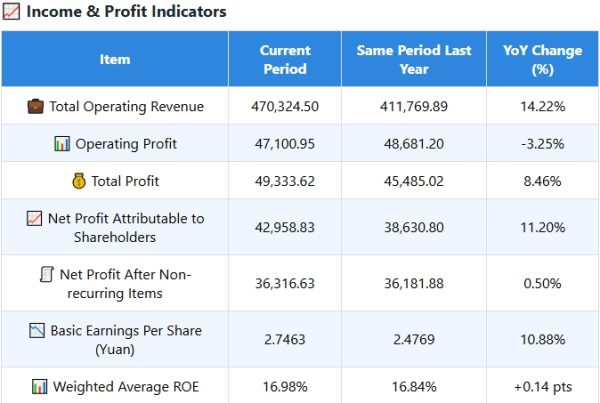
The move from full-managed to semi-managed is a risky but smart play for handling cross-border challenges.
Lower deposits and shipping subsidies? That’s the kind of incentive that can really change the game for merchants.
This whole evolution makes me wonder—are we about to see a totally new era in cross-border e-commerce?
I’m impressed by how they’re leveraging competitive pressure to drive improvements on both sides of the equation.
This whole change in the recruitment process shows just how cutthroat cross-border e-commerce has become.
Balancing local warehousing with global shipping is no small feat—more power to the platforms that can pull it off.
When you see massive recruitment teams chasing the same merchants repeatedly, you know the stakes are high.
Shifting gears from strict management to giving merchants more control might finally balance cost and efficiency.
The rapid adjustment from one mode to another reflects just how dynamic and unpredictable cross-border trade is.
Everyone’s scrambling to adjust their pricing strategies as the rules keep tightening—it’s a tough market out there.
I can’t believe how aggressively the platform is trying to double its product supply—talk about ambition!
Semi-managed seems like a win-win if merchants can handle the logistics and the support actually improves.